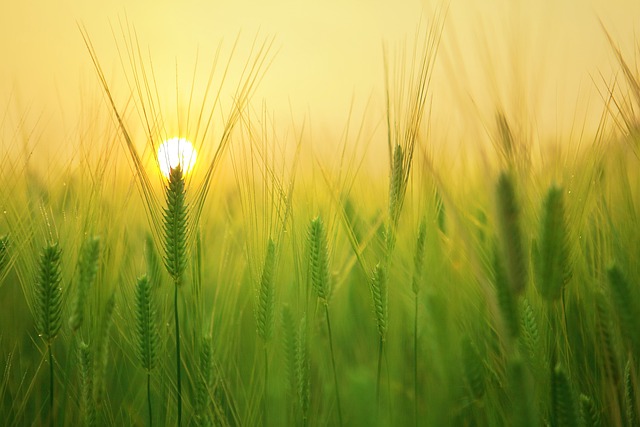Reviving the Barren: How Zero Tillage Breathes Life into Arid Lands
Desertification, the relentless spread of dry, lifeless soils, paints a grim picture for many regions across the globe. When the earth’s surface cracks and crumbles, unable to support lush crops or vibrant ecosystems, it’s not just land that’s lost—entire communities face dwindling resources and uncertain futures. But amidst this growing challenge, the practice of zero tillage emerges as a beacon of hope, promising a path to restore vitality in arid landscapes.
The Silent Erosion of Our Soils
In drylands, the conventional approach to farming—tilling the soil—often exacerbates the problem. Turning over the earth disturbs its fragile structure, leaving it vulnerable to wind erosion and moisture loss. This repeated disruption strips away organic matter, depleting the soil’s natural fertility and accelerating desertification’s advance.
Zero Tillage: Protecting the Ground Beneath Our Feet
Zero tillage, a method where farmers plant seeds without disturbing the soil through plowing or digging, offers a strikingly different approach. By leaving the soil intact, it retains moisture and preserves its natural architecture—the intricate network of roots, microbes, and organic matter that binds soil particles together. This gentle touch not only curbs erosion but gradually rebuilds soil health.
Cultivating Resilience in Harsh Climates
Farmers adopting zero tillage in dry areas notice more than just improved soil structure. Over time, the land becomes more resilient to drought conditions. The presence of crop residues on the surface reduces water evaporation, capturing precious moisture from rare rainfall. In turn, this fosters a microenvironment where seeds can germinate and grow despite the challenging surroundings.
A Story of Hope and Regeneration
Imagine a parched field once abandoned due to relentless degradation. Through zero tillage, it gradually transforms—tiny green shoots emerge, the soil feels softer, and a return of insects and small wildlife signals a recovering ecosystem. This isn’t just agriculture reclaiming land; it’s nature’s quiet resurgence powered by mindful stewardship.
The Broader Impact on Combating Desertification
Zero tillage represents more than a farming technique—it’s a statement against the tide of desertification. By promoting soil conservation and enhancing productivity, it supports food security in vulnerable regions. It empowers local communities, preserving their livelihoods and cultural ties to the land.
In the battle against the expanding deserts, embracing zero tillage is a vital step. It nurtures the soil’s secrets, reviving arid lands with patience and persistence. For readers who feel the urgency of preserving our planet’s fragile terrains, the promise held in zero tillage offers more than hope—it offers a future where barren lands might once again flourish.


